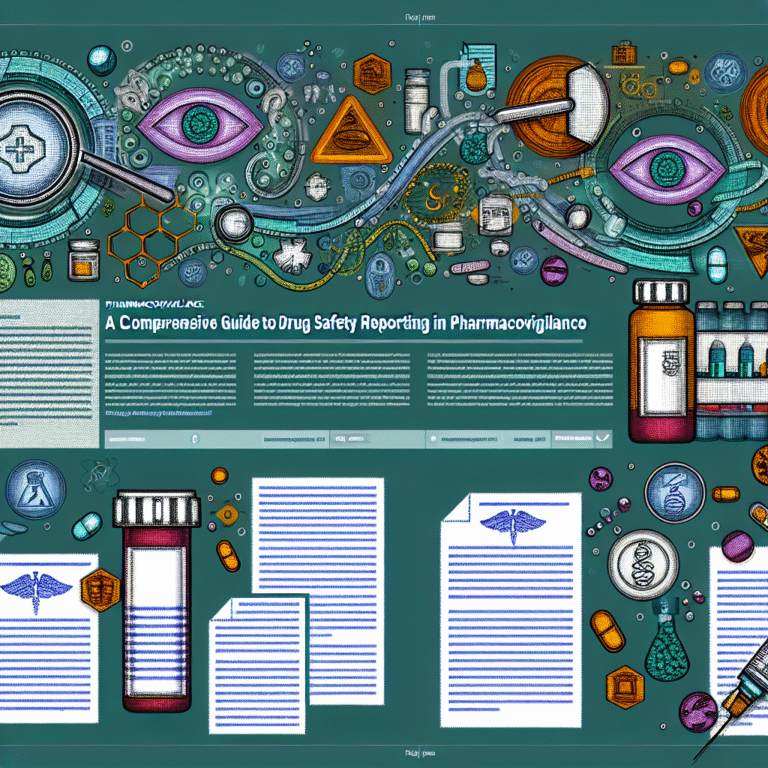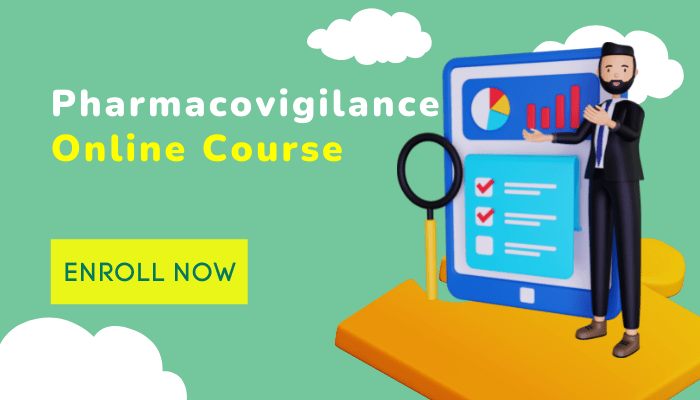Pharmacovigilance for Healthcare Professionals: A Comprehensive Guide to Patient Safety
Pharmacovigilance for Healthcare Experts: A Big Guide to Keeping Patients Safe
Introduction
In today’s changing world of medicine, pharmacovigilance is super important to keep patients safe. Pharmacovigilance, which means drug safety, is about finding and stopping bad side effects or other problems with medicines. For healthcare experts, knowing about pharmacovigilance is not just a rule, but key to giving good patient care. This guide from Pharmacovigilance Foundations helps healthcare workers understand pharmacovigilance better so they can protect patients well.
What is Pharmacovigilance?
Pharmacovigilance includes many activities to make drug use safer. The main goals are:
– Finding new bad drug reactions
– Checking and managing the balance of risks and benefits of medicines
– Reducing risks from using drugs
Pharmacovigilance has grown a lot, especially after issues like the thalidomide disaster, making everyone more cautious and rules stricter. Nowadays, it is clear that pharmacovigilance is crucial to make sure the good of taking medicine is more than the bad.
Rules and Guidelines
A strong framework of rules supports pharmacovigilance. Important international groups include:
1. World Health Organization (WHO)
2. U.S. Food and Drug Administration (FDA)
3. European Medicines Agency (EMA)
These groups make guidelines to keep an eye on drugs after they hit the market. They also work together with different countries to make things easier and better for pharmacovigilance.
The Pharmacovigilance Process
Pharmacovigilance has key steps:
– Collecting and Reporting Data: Getting info about adverse drug reactions (ADRs) from healthcare workers, patients, and companies.
– Finding and Analyzing Signals: Looking for possible safety issues in the data.
– Risk Assessment and Management: Thinking about the risks and planning how to handle them.
– Communicating and Reducing Risks: Telling everyone about the issues and taking steps to lower the risks.
Role of Healthcare Experts
Healthcare professionals are important in pharmacovigilance by:
– Spotting and Reporting ADRs: Noticing and bringing up potential issues.
– Encouraging Patients to Report: Making patients feel okay sharing their experiences.
– Keeping Up with Pharmacovigilance Knowledge: Staying updated on rules and helpful tools.
– Working with Pharmacists and Healthcare Teams: Ensuring everyone works together for patient safety.
Spotting Adverse Drug Reactions (ADRs)
ADRs are crucial to understand. They can be:
– Type A (Normal): Reactions that are expected based on how a drug works.
– Type B (Unusual): Reactions that are unexpected and not related to how much is taken.
– Type C (From Long Use): Reactions from using the drug for a long time.
– Type D (Delayed): Reactions that happen long after using the drug.
– Type E (Stopping Use): Reactions from stopping the drug.
We find ADRs using studies and reports from patients and healthcare providers.
Reporting Adverse Drug Reactions
Reporting ADRs correctly and quickly is important. Healthcare workers should:
1. Follow the steps given by their workplace or guidelines.
2. Give clear and unbiased reports.
3. Not let worries about blame stop them from reporting.
Pharmacovigilance Tools
There are many tools to help with pharmacovigilance:
– Data Mining Software: Tools like Bayesian analysis help find safety signals.
– Standard Reporting Systems: Like FDA’s MedWatch system.
– Electronic Health Records (EHRs): Using EHRs for real-time data.
– Social Media and Digital Channels: Using them to gather patient reports and safety signals.
Managing Risks and Communicating
Making effective plans for managing risks is part of the pharmacovigilance process:
– Identifying risks thoroughly.
– Planning strategies to reduce risks.
– Communicating well with patients, healthcare providers, and authorities.
– Getting Patients Involved: Talking clearly with patients about potential dangers.
Continuous Learning
For pharmacovigilance to work well, healthcare professionals need to keep learning. There are many resources like magazines, online classes, and workshops. Bringing these learning experiences into real practice makes pharmacovigilance better.
Challenges and Future Directions
Pharmacovigilance has improved a lot, but challenges like not enough reporting and hard data analysis still exist. However, new trends and technologies like artificial intelligence offer exciting ways to make pharmacovigilance more modern.
Conclusion
Pharmacovigilance is a must-have in healthcare, showing that patient safety always comes first. For healthcare workers, understanding and using pharmacovigilance practices means committing to patients’ well-being. By staying informed and being proactive in reporting and managing ADRs, healthcare professionals can greatly contribute to public health.
Extra Resources
To learn more, check out:
– International Society of Pharmacovigilance (ISoP)
– WHO Pharmacovigilance Resource Center
– Pharmacovigilance workshops and conferences
At Pharmacovigilance Foundations, we aim to equip healthcare professionals with the knowledge and tools needed for good pharmacovigilance. Together, we can ensure patient safety always comes first.






